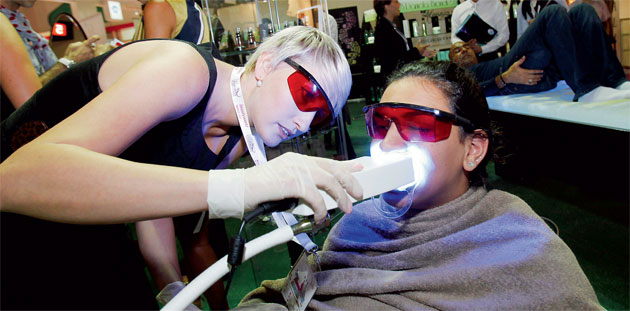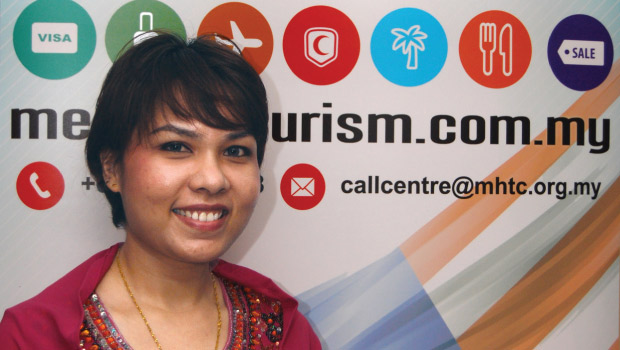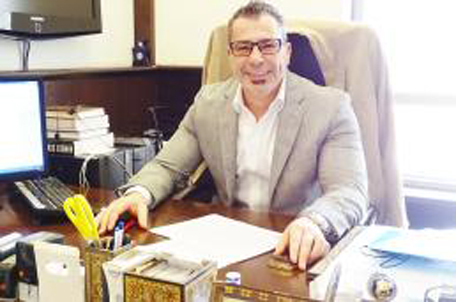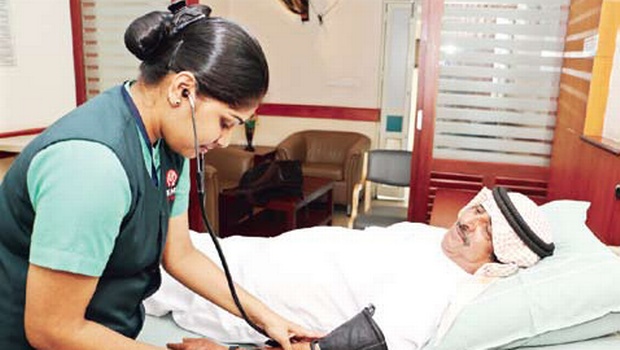Waking in what seemed like the middle of the night, I drew back the curtains to be greeted by a thick blanket of snow covering the car park of my East Midlands hotel. After a quick breakfast with Olive, my co-researcher, we took a taxi to the airport. We planned to travel to Poland on RyanAir alongside a small group of ‘cosmetic surgery tourists’ (CSTs). The airport was predictably chaotic – lots of rumors of cancellations, no actual information. Navigating the airport via texts with the Surrey-based agent who had arranged our trip and those of the other travelers, we finally met a patient, Janet, in the café. Janet was visibly nervous, monosyllabic and profoundly impervious to our best early morning efforts at charm. Her surgery – a facelift – was scheduled with Dr. J the day after tomorrow. She shook us off and headed for the bar.
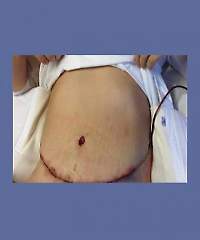
Half an hour later a wave of stranded passengers lunged towards the RyanAir desk as the tannoy confirmed cancellation of our flight. There was no Poland flight from East Midlands Airport for three more days, but Olive had meticulously scheduled our fieldwork so we decided to leave the following morning from Liverpool. No transfer to Liverpool was offered.
The inconveniences of ‘no frills’ budget airlines, we would discover, are key to the CST industry. Some patients could not afford to travel to London for a consultation, but a £60 return flight on RyanAir or Wizz Air to a private clinic in a country they had never previously visited and whose language they could not speak, presented our patients’ best option of changing the one thing about their bodies they didn’t like.
In the queue we bumped into three more of our party. Two had been offered a taxi to Stansted (they had the VIP package) while a third, Lisa, was off to visit her partner Jason, whose surgery had not gone according to plan. Jason had experienced what the agent, on her Facebook page, was calling a ‘little bleed’ after a ‘tummy tuck’. It later transpired that he needed blood transfusions after his wound failed to heal.
We left the airport to search for any remaining public transport to Liverpool, meeting Janet on the way out. Her surgery had been cancelled, as arriving a day late would leave no time for pre-surgery tests. When we finally met him, Dr. J explained that these tests were vital as his patients from the UK often had undiagnosed underlying health problems such as high blood pressure or diabetes and couldn’t bring their medical records with them.
Janet was already transformed from her earlier meeting: friendly, immensely relieved, a little bit drunk but determined to re-book her surgery at a later date. It was now 7.30 am. After another night in a different airport hotel and a flight with Lisa at 6 am we arrived in Poland to be collected by Jack, our convivial English speaking driver. Clearly Jack excelled in putting nervous patients at ease and lightened our anxious ride to the hospital to drop Lisa. We met Jason for the first time, outside the main entrance, in a hospital gown, cheerfully smoking a cigarette in the snow.
It is easy to think about CST as a transaction between patient and doctor, but it is in fact a series of complex networks, incorporating: medical staff based in a clinic or hospital – permanently, or having flown in temporarily to work in rented hospital space; intermediaries (or agents) who are usually former patients, trailblazers who realize their intrepid surgical journeys can be capitalized by showing others the way; drivers or translators whose primary task is the emotional labor of making patients feel cared for in hospitals, hotels and apartments where recoveries are completed. Hoteliers and landlords, as well as airlines, local tourist attractions and shopping malls also benefit from these (albeit budget) surgical packages offered to CSTs.
CST is rapidly expanding. Though statistics are notoriously unreliable it is estimated around 60,000 International Medical Travellers (IMTs) leave the UK each year (International Passenger Survey) and that 60-70% of these are sourcing cosmetic procedures including cosmetic dentistry and hair transplants (Treatment Abroad). Our research also looked at CSTs travelling from Australia and China to East Asia and included over 200 participants – surgeons, drivers, translators, nurses, agents, and, of course, patients, or patient-consumers as we have called them.
Our patient-consumers are not rich, footloose, cosmopolitan global citizens, as some studies have suggested, but are ordinary people on modest incomes – taxi drivers, receptionists, sales assistants, hotel porters, nurses, prison officers – who cannot afford surgery in the private sector back home. They travel for facelifts, tummy tucks, breast augmentations and uplifts, body recontouring, liposuction, hair transplants and dental veneers. All tell stories of the many years they have tried to live with their problematic body part before choosing surgery. They do not want to look like celebrities, they just want to feel ‘normal’ or regain something of themselves they feel they have lost over the years or through successive childbirths or ‘wear and tear’. Since cosmetic procedures are identified as ‘elective’ they are rarely covered by either nationalized healthcare or medical insurance. They are paid for ‘out of pocket’ (often literally in cash) with small inheritances, savings or credit cards.
They research surgeons and destinations thoroughly, a difficult task since surgeons’ qualifications can be baffling even to the initiated, and there is no independent register of how many times or how well a surgeon has performed a particular procedure. Patients are very aware of the ways in which websites can be manipulated, with rival clinics posting negative reviews for example (as per Trip Advisor). Social media are therefore the information source of choice since they provide direct access to other patients. Making the right choice is vital since there is little legal recourse for patients within the UK, let alone across national borders, if things go wrong. Getting advice at home is hard, too, since GPs are reluctant to recommend surgeons for fear of sharing liability. And should complications develop once a patient has returned home, the social sanctions for receiving aftercare in the NHS are significant– especially after surgeries that might be considered vain or trivial. This means that the choices and risks associated with the ‘consumption’ of cosmetic surgery are the burden of the patient-consumer, who is subsequently blamed if things go wrong.
Unlike the ‘horror stories’ reported in the media, 97% of our patients claimed they were delighted with the outcome of their surgeries and would return to the same surgeon if necessary or recommend them to a friend. Patients contrasted the brusque manner or obvious sales pitch of surgeons back home with the ‘genuine care’ of the surgeons they travelled abroad to see. Patients regularly commented on the cleanliness of hospitals and the visible cleaning work they saw being undertaken, contrasting this with hospitals back home. Despite travelling on tight budgets, currency differentials between the UK and Poland, or Australia and Thailand enabled working-class patients to access up-market facilities – often their first experience of private medicine. On low incomes they nevertheless ‘lived rich’ in the countries they visited.
Surgeons often commented positively on the care work they were able to undertake on behalf of these patients since moving into the medical tourism sector – albeit within a highly gendered discourse of making women feel ‘like princesses’ and erasing men from their accounts altogether (30% of our patients were men). Perhaps negative media portrayals, rather than reflecting the reality of CST, betray anxieties about the beginning of the end of a ‘national’ contract between states and citizens to provide healthcare as a universal right, and the creep towards a globalized consumer market for health.
Though patient satisfaction was high, journeys were not always straightforward. Three patients travelling from the UK to Tunisia, for instance, found themselves in a ward next to highly traumatized casualties from the Libyan conflict (Libya has a cross-border healthcare agreement with Tunisia). Instead of the relaxing recovery they had been promised by their agent, patients lay listening to the anguished screams of the physical and emotional pain of war, unable to determine from French speaking nursing staff who was screaming and why. Two of the three reacted by reflecting on the triviality of their own desire for surgery – once again taking the blame for concerning themselves with the body on which society judges them (particularly in the absence of other forms of capital such as higher qualifications or advanced skills). But by the end of the week the women in Tunisia had befriended their Libyan ward-mates and at last interview were exchanging texts and sending small amounts of money when they could.
The ‘clinical trails’ of CST patient consumers are onerous rites of passage in unfamiliar liminal spaces. Their transformations are anything but trite.
Ruth Holliday is Professor of Gender and Culture at the University of Leeds. She directed the ESRC-funded project on Cosmetic Surgery Tourism (RES-062-23-2796) which is reported here. Preliminary findings are reported here and here. David Bellis Senior Lecturer in Critical Human Geography at Leeds University. Meredith Jones is a media and cultural studies scholar at the University of Technology, Sydney. Olive Cheung is Research Assistant on the project.
source: http://www.eturbonews.com / eTN Global Travel Industry News / by Ruth Holliday, Meredith Jones & Olive Cheung – University of Leeds / September 09th, 2014
